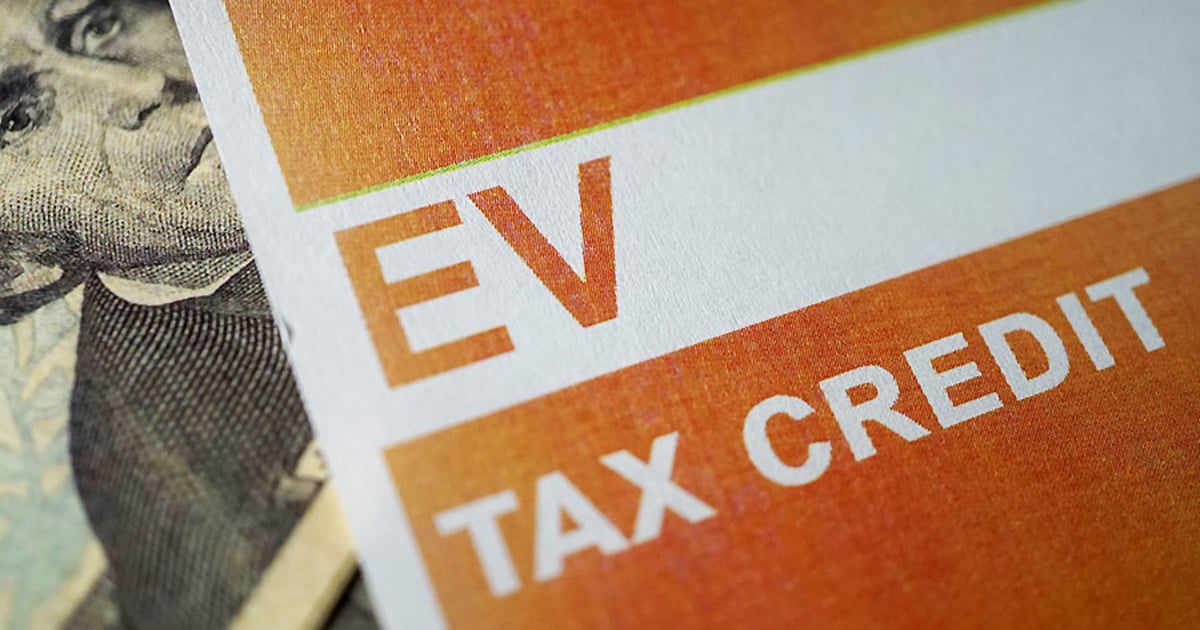
WASHINGTON — Trade groups representing franchised car dealers and automakers are asking the U.S. Treasury Department to tie battery sourcing requirements in the electric vehicle tax credit to when the vehicle was manufactured instead of when it was delivered to the buyer.
Under a proposed rule issued in March, Treasury defined “placed in service” as the date the customer takes delivery of the EV. However, the groups argue the interpretation hinders compliance with the credit and diminishes its use now that increasingly stringent critical mineral and battery component requirements are in effect.
In joint comments submitted Friday, the National Automobile Dealers Association and the Alliance for Automotive Innovation asked Treasury to clarify in its final rule that EVs manufactured in a calendar year in conformance with the battery content requirements remain eligible for a credit even if they are delivered to a customer in a subsequent year with higher content thresholds.
“Without sufficient clarification, the proposed rule will cause some EVs to unnecessarily lose eligibility for a [credit] if they are produced and certified as compliant with the battery content requirements applicable in one year, but then delivered to a taxpayer in a subsequent year with increased battery content requirements,” the two associations wrote.
The revamped consumer incentive offers $3,750 for EVs that have at least 40 percent of the value of the battery’s critical minerals extracted or processed in the U.S. or in a country where the U.S. has a free-trade agreement, or from materials that were recycled in North America. Another $3,750 is available if at least half the value of the EV’s battery components are made or assembled in North America.
Those percentages ramp up over time, maxing out at 80 percent in 2027 for minerals and 100 percent in 2029 for battery components.
Under Treasury’s proposed rule, however, “an EV produced and certified as compliant with the applicable battery content requirements in 2023 that is first delivered to a taxpayer in 2024 would be subject to the battery content requirements applicable in 2024,” the groups wrote, adding that it would be “impossible” to retrofit new EVs to qualify with the annual increases in battery content requirements.
“A prospective purchaser should not be frustrated to learn that an EV originally eligible for a [credit] has lost that eligibility simply by virtue of the passage of time,” the groups argue. “Again, the IRS can avoid this ‘aging out’ scenario by clarifying that a qualifying EV’s eligibility … is determined by the date on which the manufacturer certifies that it complies with the battery content requirements applicable to the year in which it is produced rather than the date on which it is delivered to the taxpayer.”
Treasury’s implementation of the tax credit for new EVs, known as Section 30D, was scrutinized last week by one of the Inflation Reduction Act’s key negotiators, Sen. Joe Manchin.
In public comments submitted June 11, the West Virginia Democrat detailed his concerns over the department’s handling of the tax credit, arguing that it “has seriously misconstrued the plain language and clear purpose of the critical minerals and battery component requirements.”
Meanwhile, automakers and their battery partners are still waiting on additional guidance from Treasury that will define how strictly it will enforce the credit’s “foreign entity of concern” provision.
Starting in 2024, vehicles are ineligible if they contain any battery components manufactured by excluded entities, which could include companies controlled by China. That exclusion starts in 2025 for critical minerals.
In comments submitted Friday to Treasury, Volkswagen Group of America stressed the importance of allowing “a certain amount” of critical minerals and battery components to come from excluded entities to “avoid a collapse of the new clean vehicle market.”
General Motors, in its comments, urged Treasury to release the guidance “as soon as possible.”
“Relevant sourcing decisions are being made now and, in some cases, investments and strategic decisions for U.S. supply chains,” wrote Omar Vargas, GM’s vice president and head of global public policy.
“Industry needs to know exactly which countries, suppliers and types of transactions — as well as which components, minerals and processing steps — are subject to the rules,” Vargas continued. “With sufficient time and effort, industry can likely adapt to a broad spectrum of outcomes on this front, but only if we know exactly what is and is not permitted.”

